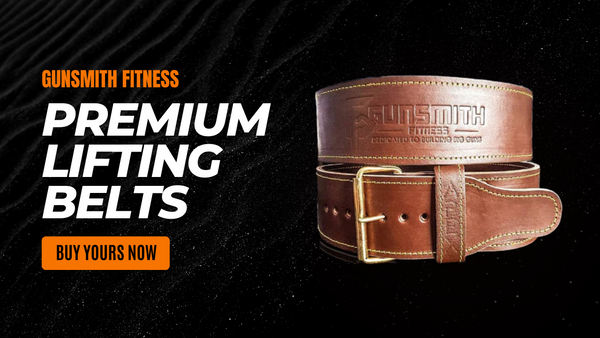
Best Angle For Incline Bench Press?
The incline bench press is a popular exercise among fitness enthusiasts and professional athletes alike. It targets the upper part of the pectoral muscles, providing a comprehensive workout for the upper body. But what is the best angle for an incline bench press? This question has been a topic of debate among fitness experts for years. In this comprehensive guide, we will explore the optimal angle for incline bench press, the benefits of this exercise, and how to perform it correctly.
Understanding the Incline Bench Press
The incline bench press is a variation of the traditional bench press. It involves lifting weights while lying on an inclined bench. The angle of the bench plays a crucial role in determining which muscles are targeted during the exercise. A steeper angle will work the shoulders more, while a lower angle will target the upper chest muscles.
It's important to note that the incline bench press is not a one-size-fits-all exercise. The best angle for you may depend on your fitness goals, body type, and personal comfort. However, there are some general guidelines that can help you find the optimal angle for your incline bench press.
Optimal Angle for Incline Bench Press
Most fitness experts agree that an angle of 30 to 45 degrees is ideal for an incline bench press. This range allows for a balanced workout of the upper chest and shoulders. An angle within this range can help you build muscle mass and strength in these areas effectively.
However, it's essential to listen to your body. If you feel strain or discomfort at a particular angle, it may be best to adjust the bench. Remember, the goal is to challenge your muscles, not injure yourself.
Why 30 to 45 Degrees?
This angle range is recommended because it provides a balance between targeting the upper chest and shoulders. At a 30-degree angle, the focus is more on the upper chest, while a 45-degree angle targets the shoulders more. This range allows you to work both areas effectively without overworking one or the other.
Furthermore, a bench angle within this range can help prevent injury. A steeper angle can put excessive strain on the shoulders, leading to potential injuries. On the other hand, a lower angle may not provide the challenge needed for muscle growth and strength development.
Benefits of Incline Bench Press
The incline bench press offers several benefits, making it a valuable addition to any workout routine. Here are some of the key benefits of this exercise:
- Upper Chest Development: The incline bench press targets the clavicular head of the pectoralis major, helping to develop and define the upper chest.
- Shoulder Strength: This exercise also works the anterior deltoids, improving overall shoulder strength and stability.
- Variety: Adding the incline bench press to your routine can provide variety, helping to prevent workout boredom and plateaus.
Remember, consistency is key in seeing results. Incorporating the incline bench press into your regular workout routine can help you achieve your fitness goals.
How to Perform the Incline Bench Press Correctly
Proper form is crucial when performing the incline bench press. Here are some steps to ensure you're doing this exercise correctly:
- Set the bench to an incline of 30 to 45 degrees.
- Lie down on the bench with your feet flat on the floor.
- Grab the barbell with a grip slightly wider than shoulder-width.
- Lower the barbell to your upper chest, keeping your elbows at a 90-degree angle.
- Push the barbell back up until your arms are fully extended.
Remember to keep your back flat on the bench and avoid lifting your hips off the bench. Also, control the movement of the barbell to prevent injury.
Conclusion
While there is no definitive answer to the best angle for incline bench press, most experts agree that an angle of 30 to 45 degrees provides a balanced workout for the upper chest and shoulders. However, it's important to listen to your body and adjust the angle if needed. Incorporating the incline bench press into your workout routine can help you build upper body strength and muscle mass. As always, proper form is key to preventing injury and maximizing the effectiveness of the exercise.






